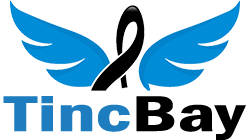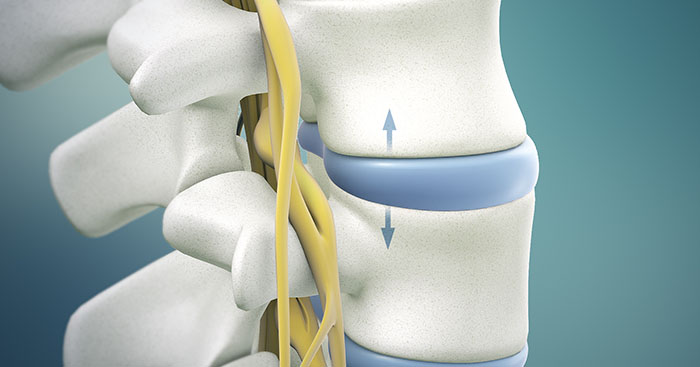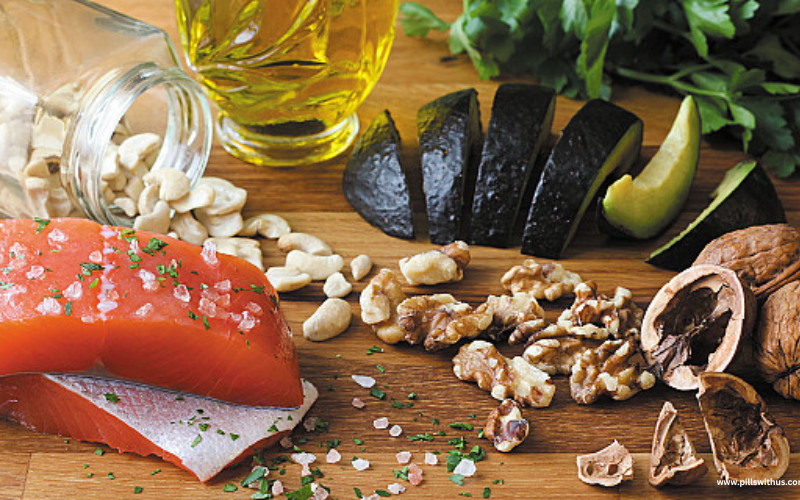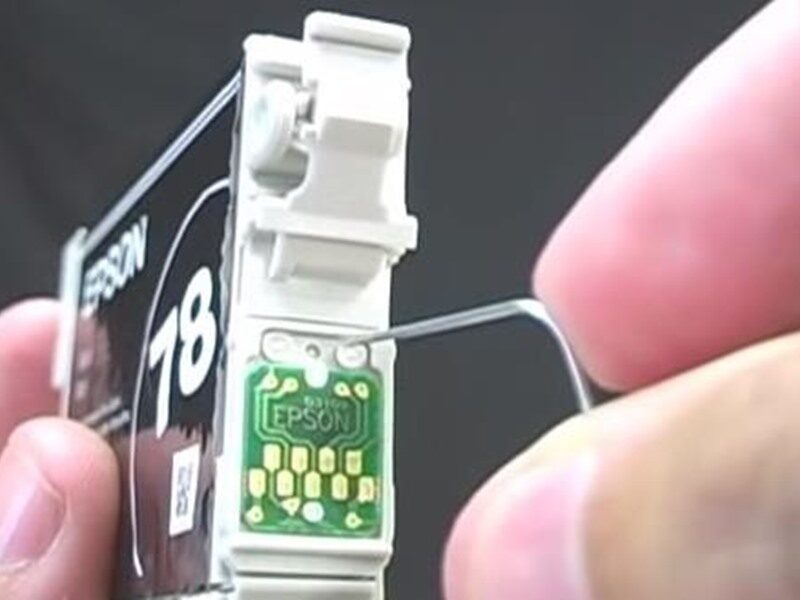Shirt printing is a popular process of personalizing garments for businesses, organizations, sports teams, and individuals. The process involves printing designs or logos onto shirts using various methods such as screen printing, digital printing, heat press, and embroidery. There are ongoing cycles involved in the shirt printing process that are important to understand for those interested in this industry. In this article, we will discuss the different cycles involved in shirt printing.
Design cycle
The design cycle is the first step in t-shirt printing. It involves creating a design or logo that will be printed onto the shirt. The design should be clear, and concise, and represent the message or branding the customer wants to convey. The design cycle includes brainstorming, sketching, creating a digital image, and revising until the final design is agreed upon. The design should be compatible with the printing method chosen, as some methods have limitations on the number of colors, complexity, and size.
Order cycle
Once the design is finalized, the customer can place an order with the printing company. The order cycle involves collecting the necessary information from the customer, including the type of shirt, color, size, quantity, and shipping information. The printing company will also provide the customer with a quote for the cost of the shirts and the printing process.
Pre-production cycle
The pre-production cycle is where the printing company prepares the shirt for printing. This includes selecting the appropriate shirt style, color, and size. The pre-production cycle also includes preparing the artwork for printing, including adjusting the design to the correct size and color. The printing company will then prepare the printing plates, screens, or embroidery files, depending on the printing method chosen.
Printing cycle
The printing cycle involves transferring the design onto the shirt using the selected printing method. The printing method chosen will determine the steps involved in the printing cycle. For example, screen printing involves creating a stencil of the design and transferring the ink onto the shirt through the stencil. Digital printing involves printing the design directly onto the shirt using a printer. Heat press involves transferring the design onto the shirt using heat and pressure. Embroidery involves stitching the design onto the shirt using thread. The printing cycle also includes quality control checks to ensure that the design is printed accurately and to the customer’s satisfaction.
Post-production cycle
The post-production cycle involves finishing the shirt and preparing it for shipment. This includes removing any excess ink, threads, or material from the shirt. The shirts are then folded and packed for shipment. The printing company will also provide the customer with a tracking number to track the shipment.
Reorder cycle
The reorder cycle is when the customer places another order with the printing company. This cycle is important for businesses, organizations, and sports teams that need to reorder shirts regularly. The printing company will have the customer’s design and shirt information on file, making the reorder process faster and more efficient.
Conclusion
Shirt printing involves ongoing cycles that are important to understand for those interested in this industry. The design cycle involves creating a design or logo for printing. The order cycle involves collecting the necessary information from the customer and providing a quote. The pre-production cycle involves preparing the shirt for printing. The printing cycle involves transferring the design onto the shirt using the selected printing method. The post-production cycle involves finishing the shirt and preparing it for shipment. The reorder cycle is important for businesses, organizations, and sports teams that need to reorder shirts regularly. Understanding these cycles will help ensure a successful shirt printing process.























